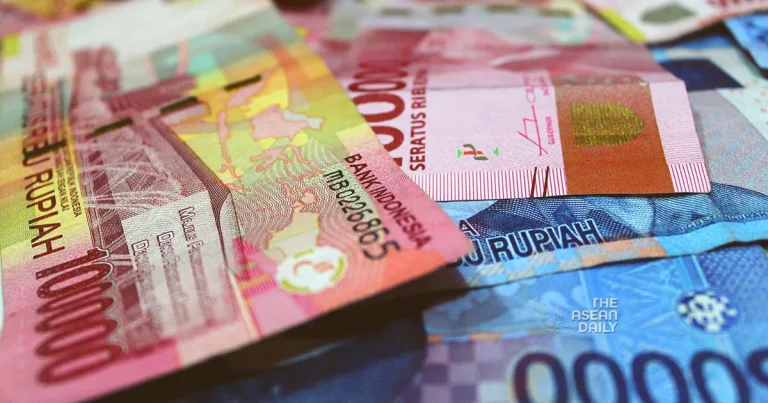16-4-2024 (JAKART) The Indonesian rupiah experienced a significant decline on Tuesday (April 16), sliding to its weakest level in four years as the market reopened following the Eid al-Fitr holidays. This dramatic plunge prompted swift intervention from the country’s central bank, underscoring the authorities’ commitment to maintaining currency stability.
The rupiah weakened by as much as 2.27 percent, reaching a low of 16,200 per US dollar, its most vulnerable position since early April 2020. This downward trajectory led the rupiah to emerge as the weakest performer among emerging Asian currencies on the day.
While Indonesian markets were closed for the holidays, the US dollar had gained substantial ground, fueled by robust economic data from the United States and rising inflation levels. These factors led markets to push back expectations for when the Federal Reserve might consider cutting interest rates, further strengthening the greenback’s position.
Acknowledging the rupiah’s precarious situation, Edi Susianto, the head of the central bank’s monetary department, confirmed that Bank Indonesia was taking decisive steps to restore currency stability. “Bank Indonesia is taking steps to maintain rupiah stability by maintaining supply-demand balance in the foreign exchange market, through triple interventions,” Susianto told Reuters.
He elaborated that the central bank’s interventions were focused primarily on the spot and domestic non-deliverable forwards markets, while simultaneously enhancing the attractiveness of rupiah-denominated assets.
The ripple effect of the rupiah’s decline extended to Indonesia’s equity markets, with the benchmark stock index weakening by as much as 3.02 percent on Tuesday before partially regaining some of the lost ground.
The turbulence also spilled over into the bond market, with the yield on the benchmark 10-year bonds rising to 6.83 percent, its highest level since November 2023.




